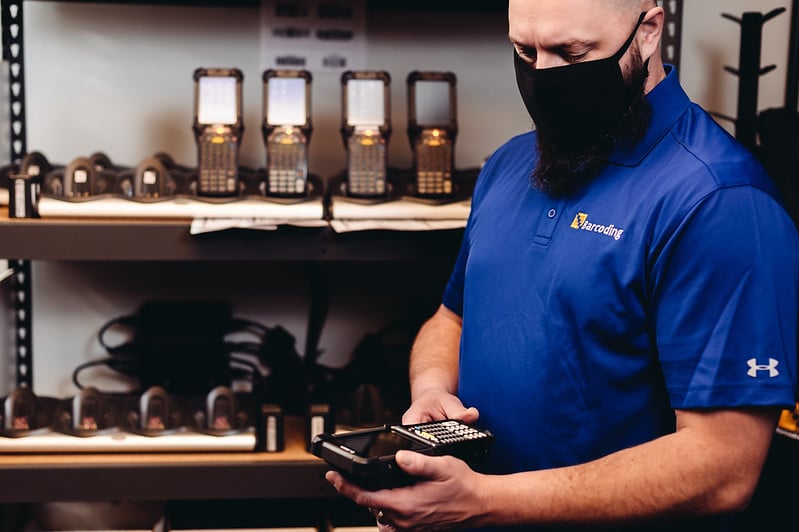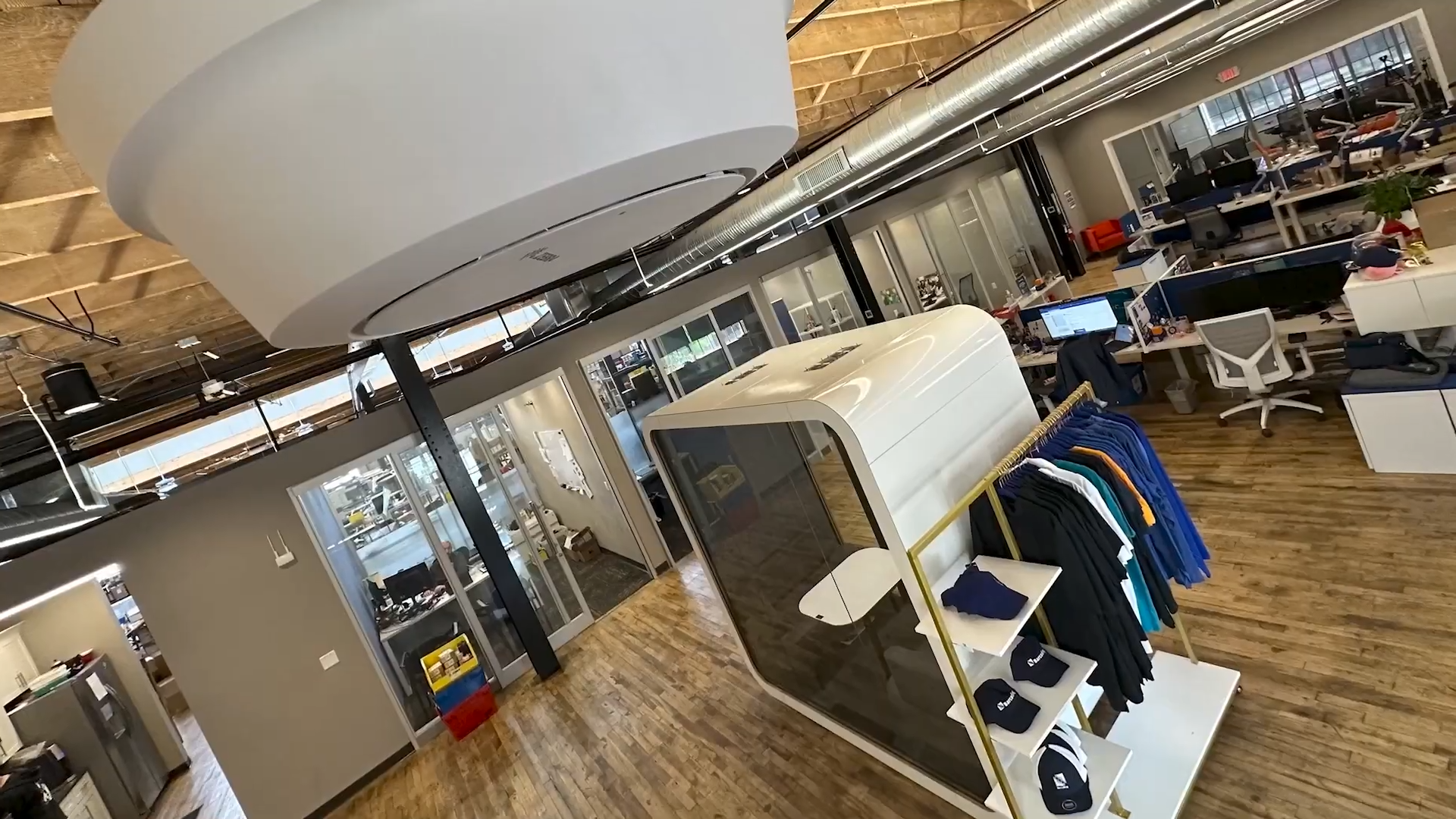Companies using RFID (radio frequency identification) technology have the capability to eliminate the time-consuming (and error-prone) manual processes used to locate and count inventory. For manufacturing, distribution, transportation, and retail organizations, the benefits of RFID tracking systems are significant: reduced operating costs, improved efficiency, and greater inventory accuracy.
As valuable as these systems are, though, they’re only as good as the strategy and planning behind them. To ensure long-term success of an RFID tracking project, you must put in a fair amount of effort on the “front-end,” i.e., the strategy, planning, and pilot program. This post walks you through these and other critical steps involved in developing and launching a successful RFID system.
1. Evaluate needs and infrastructure
The first step is to determine if and how RFID-enabled processes could help your business, and how much value it could potentially deliver—after all, just because the technology exists doesn’t mean you should be using it.
If it’s clear that your organization will see a positive return on the investment, you and your RFID partner must clearly articulate your needs and understand the pros and cons of your current processes. Together you’ll look at what’s working for you and what’s not: Where are the bottlenecks and what causes them? Where are our people and processes most and least efficient? What are our workers having trouble with and what do they say they need?
Knowing what you’re trying to solve for and what processes you have in place today will help you choose the combination of hardware (tags, readers, printers, antenna, etc.) and software that aligns with your current and future business operations.
2. Develop the new process
Next is system planning. This is where an RFID partner will map new processes based on the improvement opportunities revealed in the first step. Mapping will illustrate the flow of operations and pinpoint where RFID technology should be implemented to solve for flaws in the current system and set the stage for optimization. The importance of this step can’t be overstated; without thoughtful process planning, no technology can accurately solve the problems you’re having or take your organization to the next level of efficiency.
3. Set goals
What gets measured gets improved, so at this stage it’s time to set specific goals so that you can measure improvements against these benchmarks to know whether or not the technology is meeting expectations.
4. Choose the right technology
Every company and every RFID tracking system project is different—there’s no cookie cutter solution to pull off the shelf. The first of several decisions to be made is, will you choose active or passive RFID tags? Active tags are most often used for large-scale applications that call for tags that can be read over greater distances, as in construction, oil and gas, and mining settings. Passive RFID tags rely on the tag reader to supply power electromagnetically. For this reason, tags are typically readable from about 20 feet away or closer, and are more often used in smaller-scale applications and RFID inventory systems. There are also semi-passive tags, and you can read about all three types here.
The reader you choose is just as important as the tags. Readers can be fixed or mobile, and offer different reading distances based on their available power. Another consideration is the environment in which the tags and readers will operate—not all are appropriate for harsh environments, for example, or for specific use cases.
At this point in the process, Barcoding performs an RFID site survey, in which our engineers inspect the customer’s facilities to monitor interference, RF signal strength, and other factors to determine which frequencies, products, and configurations will provide the most reliable performance. This needs to be done in concert with technology choices to make sure they’ll work seamlessly together.
5. Train workers
For it to deliver on expectations, an RFID system must be fully embraced by a company’s workers, and that happens only when they’re informed about the purpose and features of the technology and trained in its use. Most technology adoption failures are a result of incomplete or poor user training, so this step is vital.
Proper training includes user-focused explanations of software and hardware features, walk-throughs of using the technology in different scenarios, an overview of how the devices and system as a whole work, guidance on what can and don’t be done with the hardware and software, and more. The more users know, the more comfortable they’ll be with the technology—and the less time it will take the organization to start using (and benefitting from) the system.
6. Implement a pilot project
In this step your technology is ready to go and workers have been trained to use it effectively, so it’s time to put the plan into action – but not all at once. Rather than roll out the RFID tracking system to your entire organization, the better approach is to start small, implementing it on a small scale to a limited group of users. This way, any glitches or unforeseen issues can be quickly addressed in tweaks to the system before implementing on a wider scale. It’s important to solicit feedback from users at this stage in order to overcome potential obstacles to wider worker adoption. When all issues have been addressed and the pilot project has been deemed successful, you can extend the implementation of RFID to other areas.
Certainly, these six steps serve as a solid foundation for an RFID tracking project, yet there’s one more asset that will affect its success, and that’s having the right partner to guide you. Beyond just time and effort, launching RFID tracking requires deep insight into the processes, people, and technology involved in the endeavor. Without experience, a partner may lack the insights needed to create and execute a system effectively, putting your organization at risk of costly errors and missteps.
If you’re interested in learning more about the benefits of RFID and whether or not it’s right for your business, reach out to schedule a consultation. We love talking about this stuff, and we’re happy to spend time answering any questions you might have!







